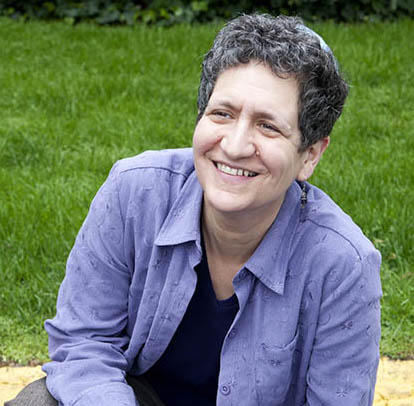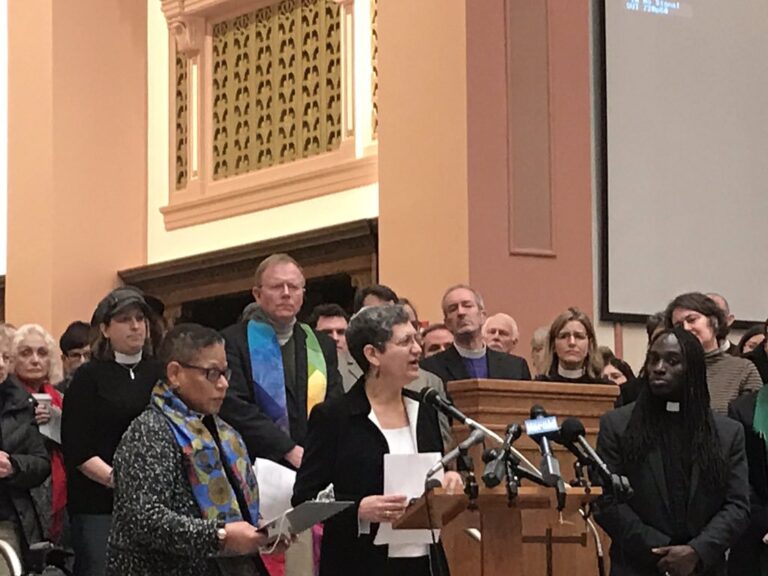
Kaplan, Chosenness & Us
Rabbi Mordecai Kaplan’s arguments against chosenness still ring true.


Rabbi Mordecai Kaplan’s arguments against chosenness still ring true.

How might we understand reparations as a Jewish issue?

Ultimately, the mitzvah of “loving all those who dwell in the land” invites us into some radical acts of compassion.

Drawing from her involvement with groups ranging from T’ruah to the New Jewish Agenda, Rabbi Toba Spitzer explains the power of two disparate narratives in describing, understanding and working to find commonality within the American Jewish discourse on Israel/Palestine.
Rabbi Toba Spitzer dives into the use of metaphors in framing a picture of the Jewish people that is encompassing and defining, drawing on three conceptual metaphors: “covenant,” “narrative” and “tribal.”

Jews and non-Jews have internalized varying degrees of antisemitism, including the insidious idea that Jews should “disappear.” This trope of erasure opens up a new frame through which to consider the connections between antisemitism and anti-Zionism.

Adding onto Rabbi Brant Rosen’s response essay, Rabbi Toba Spitzer further defines her use of “narrative” in relation to the Israeli-Palestinian conflict, and the struggle for liberation from trauma and oppression.

We are heir to a rich assortment of metaphors for God that may resonate more powerfully than the High Holy Day images of king and judge.

On the impact of slavery and the white Jewish obligations to respond.
